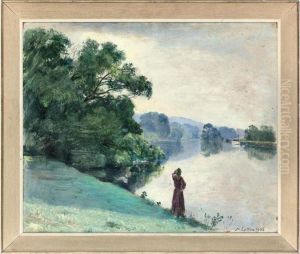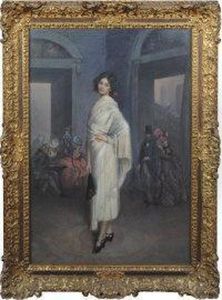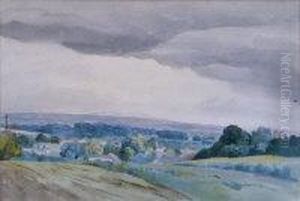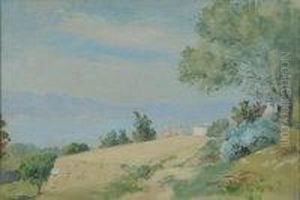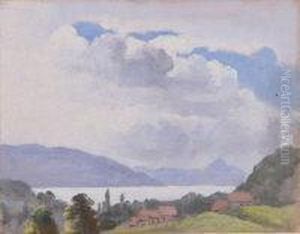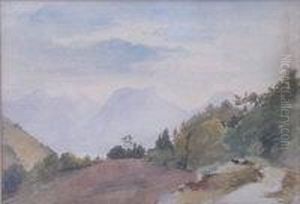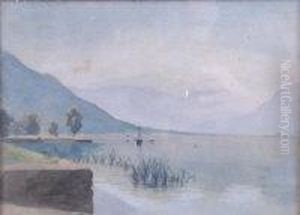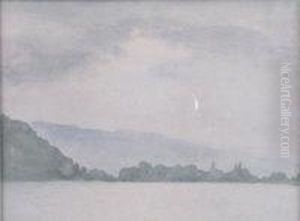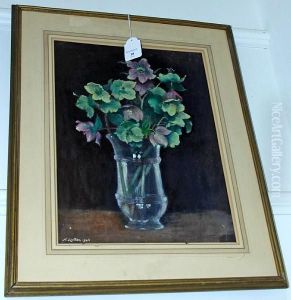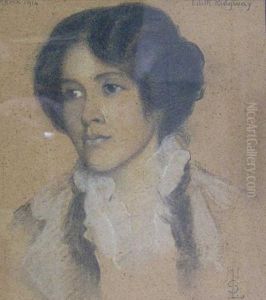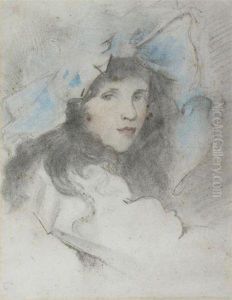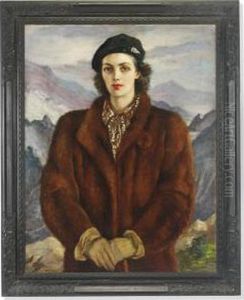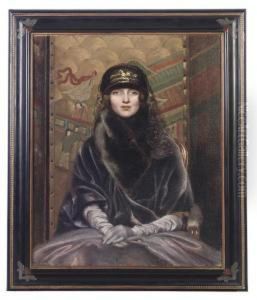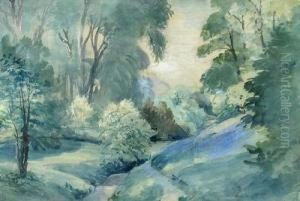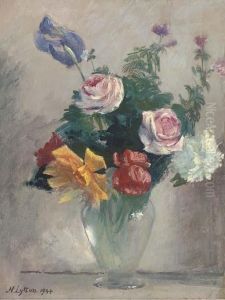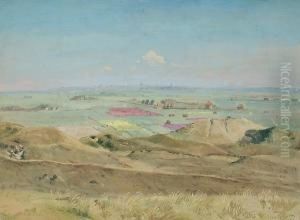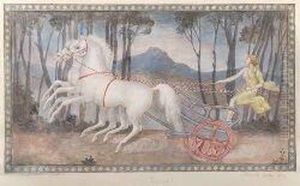Neville Stephen Lytton Paintings
Neville Stephen Lytton was a multifaceted British artist, known for his contributions as a painter, writer, and peer. Born in 1879 into the influential Lytton family, he was the third Earl of Lytton, linking him to a lineage replete with political and literary significance. His grandfather was the Victorian novelist and politician Edward Bulwer-Lytton, and his father, Robert Bulwer-Lytton, served as the Viceroy of India, embedding a legacy of cultural and intellectual prominence.
Neville's artistic journey was marked by a passion for capturing the essence of his subjects, ranging from landscapes to portraits, with a distinctive style that melded impressionistic sensibilities with a keen eye for detail. His education and travels across Europe played a significant role in shaping his artistic vision, exposing him to various artistic movements and techniques that influenced his work.
Despite his aristocratic background, Lytton was deeply engaged with the artistic community of his time, participating in exhibitions and nurturing connections with other artists. His works were showcased in numerous galleries, earning recognition for their elegance and depth. Beyond painting, Lytton was also involved in writing, contributing to the cultural discourse through essays and books that reflected his artistic and philosophical insights.
Throughout his life, Neville Stephen Lytton remained committed to exploring the nuances of art and expression, leaving behind a legacy that encompasses not only his visual artworks but also his contributions to literature and the art world. His death in 1951 marked the end of an era, but his works continue to be celebrated for their unique blend of technical skill and emotional resonance.
